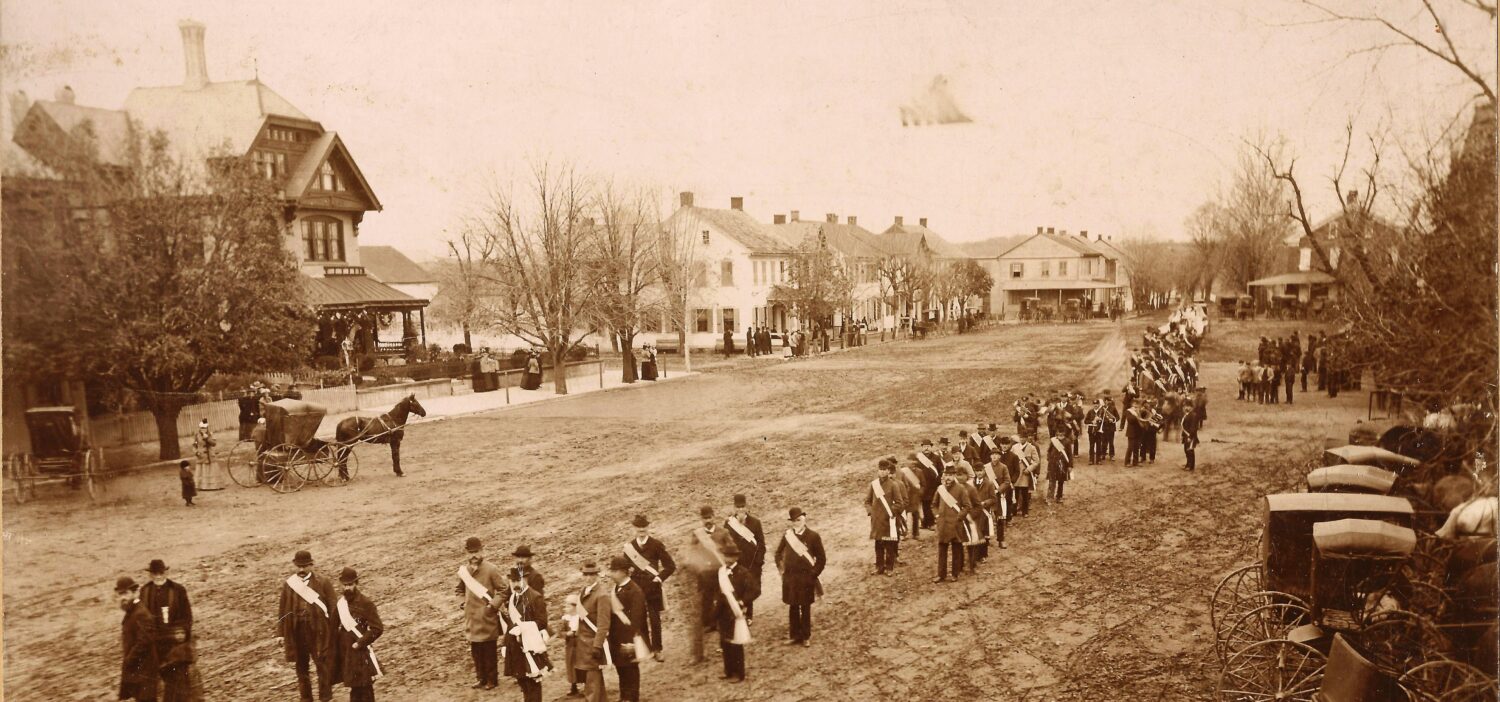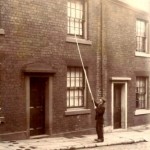Many old and honorable occupations that no longer exist have their origins deeply rooted in history when people worked many varying trades. Some of these professions are not what historians or genealogists might consider to be mainstream work, but over the years these various lines of work have provided great stories that can be passed down to future generations.
One of these jobs was that of the knocker-up also sometimes referred to as a knocker-upper. This profession was prevalent in both England and Ireland having started during the early days of the Industrial Revolution and lasted into the beginnings of the 20th Century as late as the 1920’s. Before alarm clocks were both affordable, and reliable, it was the job of the knocker-up to rouse his sleeping clients from their slumber so they could get to work on time.
The knocker-up often used a long stick with wire or knob to wake those clients that required his services. More often the sticks were made of lightweight bamboo, and much longer to be able to reach windows on upper floors. In return for the provided service the knocker-up would be paid a few pence a week. The knocker-up would often not leave a client’s window until they were assured the client had been awoken and would not fall back asleep.
A large number of persons in this profession usually worked in larger industrial centers or town such as Manchester, Englandor in Londonitself. Generally this job was one that elderly men or women worked or sometimes local police constables would supplement their income by doing this work during their early morning patrols. This occupation has also found it’s way into modern literature of the same time period.
In 1860 Charles Dickens when he wrote his very popular novel Great Expectations, he included a brief description of this line of work in the introduction.


